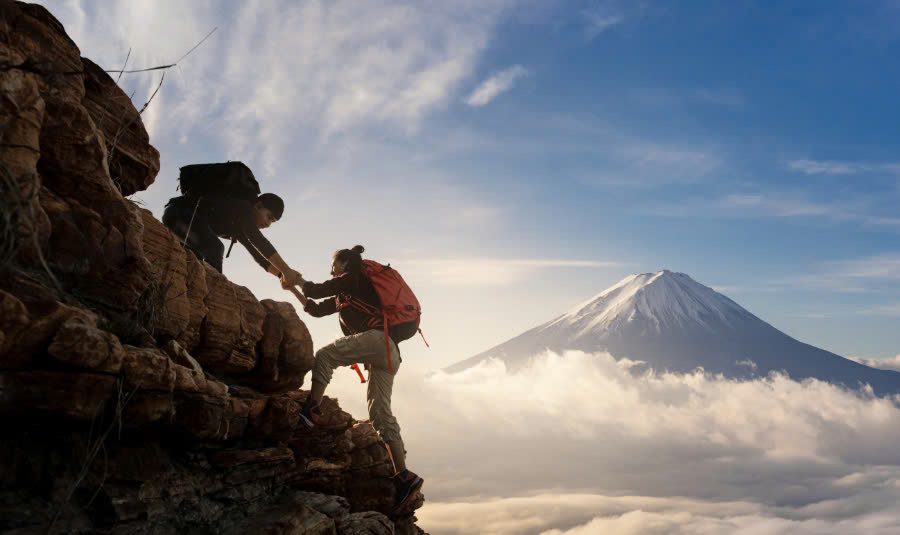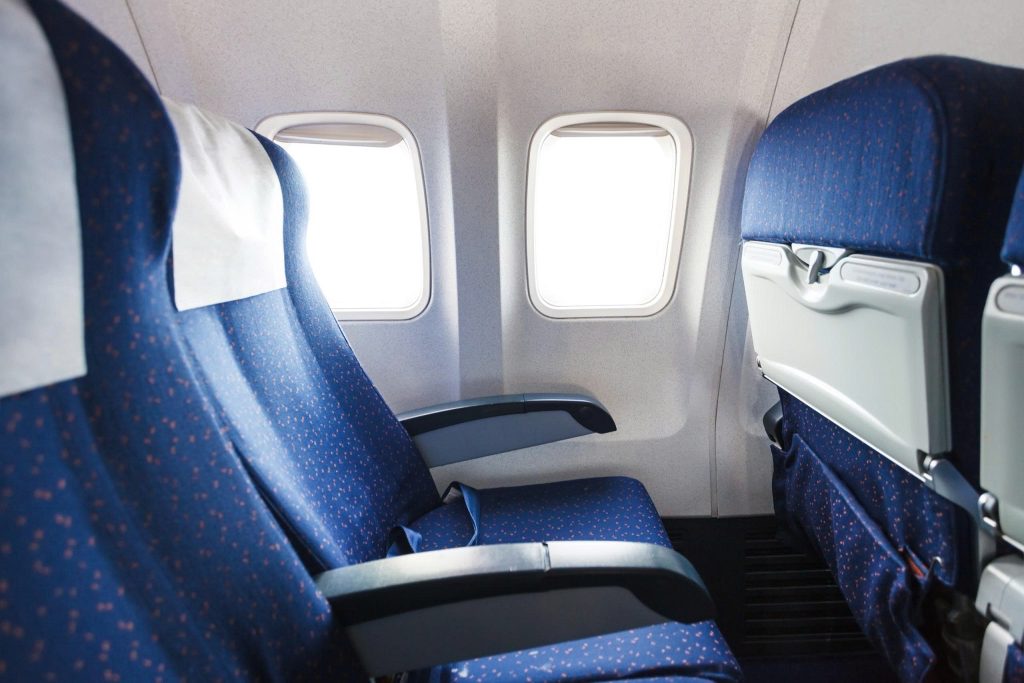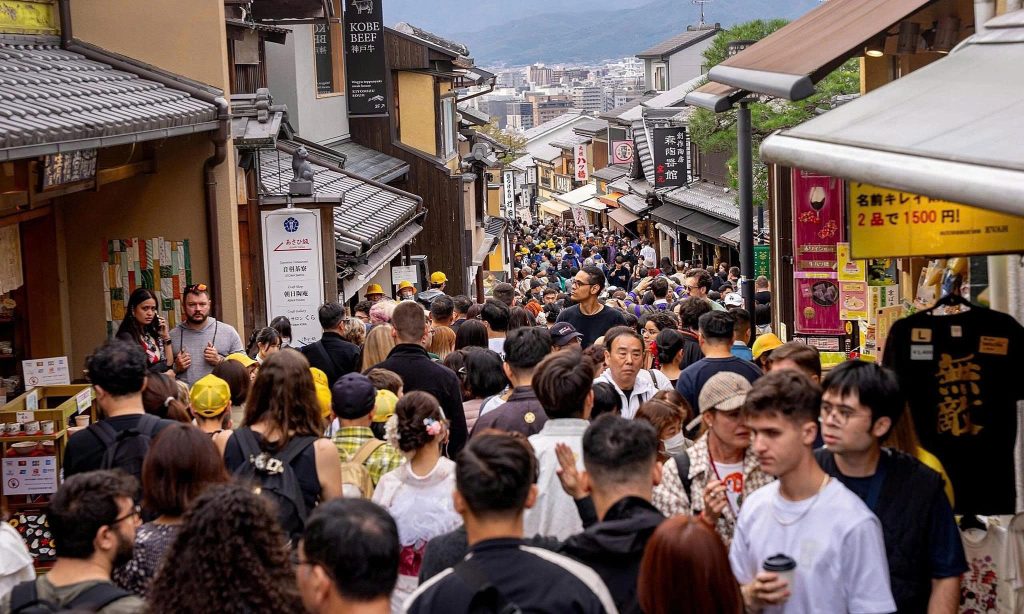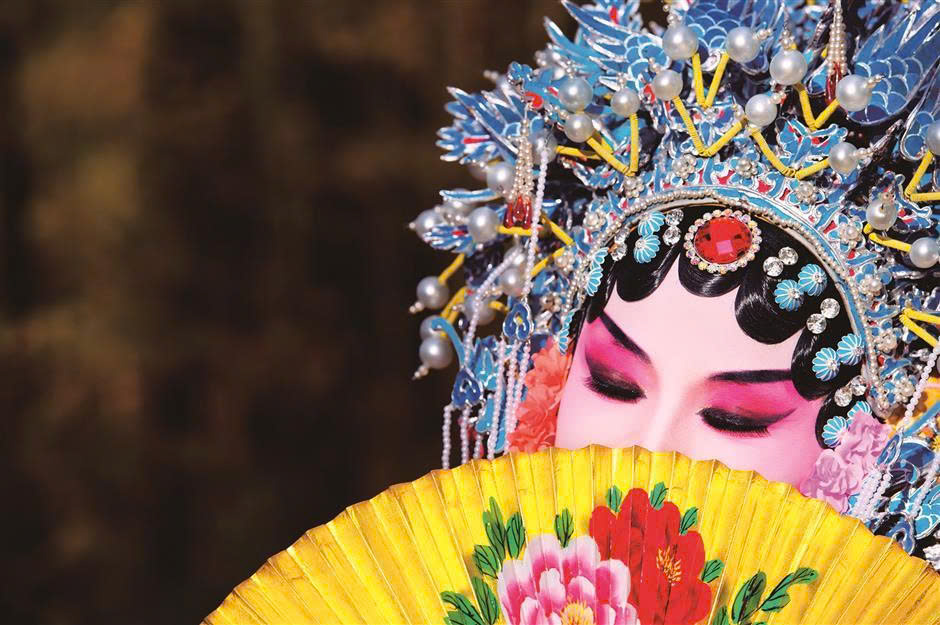Local authorities in Japan are calling for a new regulation to impose rescue fees on those who climb Mount Fuji outside the official climbing season. This move to charge tourists who intentionally climb Fuji during the off-season comes amid rising rescue costs and safety concerns for rescue teams. Many have criticized and labeled tourists who deliberately climb during unauthorized times as “selfish.”
The mayors of Fujiyoshida and Fujinomiya cities, along with the Governor of Shizuoka Prefecture, have proposed that the government revise the law to allow local authorities to charge rescue fees to tourists stranded while climbing out of season. Climbing is officially permitted during the three months of the summer season.
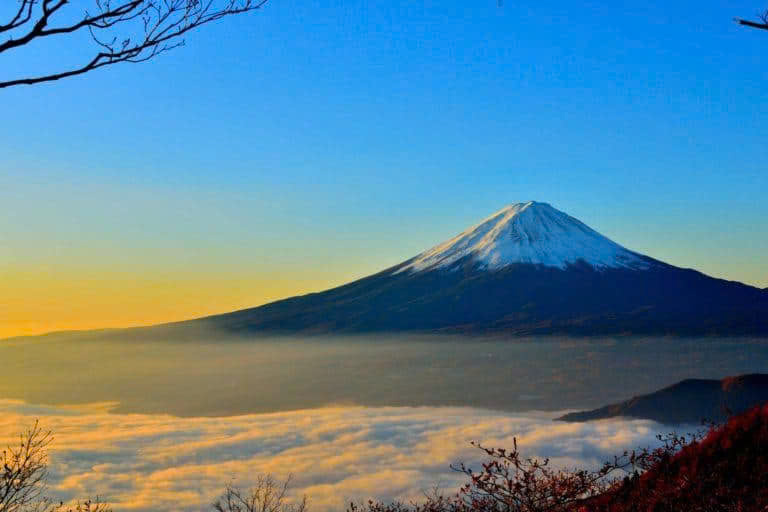
The Governor of Shizuoka Prefecture stated that helicopter rescue costs can reach up to 500,000 yen (nearly $3,440 USD) per hour, not including the expenses for ground rescue teams and medical facilities.
This call follows the rescue of a Chinese tourist from the summit of Mount Fuji twice within four days in April. The 27-year-old was first rescued when he experienced dizziness and got lost near the summit, also dropping his phone, crampons, and some climbing equipment. Four days later, he was rescued again after losing consciousness at an altitude of about 3,000 meters and was diagnosed with altitude sickness. After being brought down the mountain on a stretcher, the male tourist said he returned to look for his lost phone.
“I think they didn’t heed the warnings and climbed without permission during the off-season,” said Fujinomiya Mayor Hidetada Sudo at a press conference on May 9th. He also drew attention to the high price tag attached to each rescue endeavor. “Those who climb out of season need to take responsibility and pay for it. Accountability for their deeds is imperative.”
Mayor Sudo argued that many inexperienced and poorly prepared climbers often disregard safety warnings and do not consider the risks faced by rescue teams. Without regulations binding rescue costs, “they will continue to climb carelessly and assume that someone will always come to rescue them.”

The Mayor of Fujiyoshida, Shigeru Horiuchi, echoed this view, stating that he would propose that the Yamanashi Prefectural government implement a rescue fee mechanism for off-season climbers. Mountain rescue is a dangerous task, but many treat calling for help as simply calling a taxi. He believes a high fee could deter others from venturing onto the mountain in winter.
The Governor of Shizuoka Prefecture, Yasutomo Suzuki, expressed his support for the proposal but emphasized that the government needs to consider and approve it before implementation.
Tatsuo Nanai, Secretary-General of the Mount Fuji Climbing Club, supports this idea and believes that those wishing to conquer the mountain need experience and thorough preparation. During the off-season, deep snow and ice make Mount Fuji dangerous. In many countries, climbers are required to purchase insurance and pay rescue fees if an incident occurs. “I deeply sympathize with the local authorities who currently bear the entire cost,” he said.
According to government statistics, over 204,000 people climbed Mount Fuji during the three summer months last year, averaging about 3,000 people per day. Mr. Nanai stated that rescue teams have to deal with injured people almost daily during the official season. Last year, nine people died on the mountain, mostly due to altitude-related illnesses, in addition to one fatal fall.
Many other mountains in Japan also attract unprepared climbers. In early May, a British tourist couple got stranded on the 1,898-meter Mount Yotei in Hokkaido because they could not withstand the freezing weather. When found by helicopter, the man was wearing shorts and the woman only a short-sleeved shirt. Both were taken to the hospital for examination and were later discharged.
However, not everyone is so fortunate. Police confirmed that a thigh bone found in April belonged to Patricia Murad, an American tourist who went missing last year while hiking alone on the 15-kilometer Kumano Kodo pilgrimage trail in Wakayama Prefecture. The bone was discovered near the victim’s backpack and clothing. While law enforcement has no suspicion of criminal activity, they are still looking into the matter.
According to SCMP

